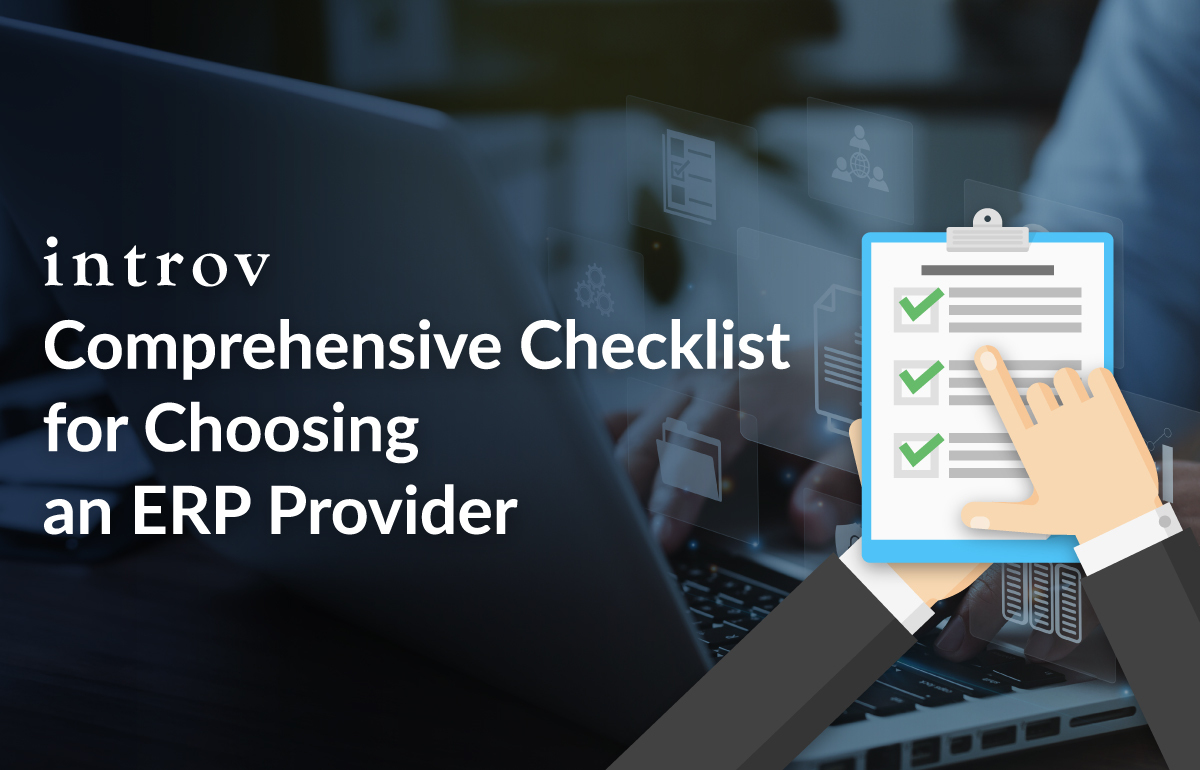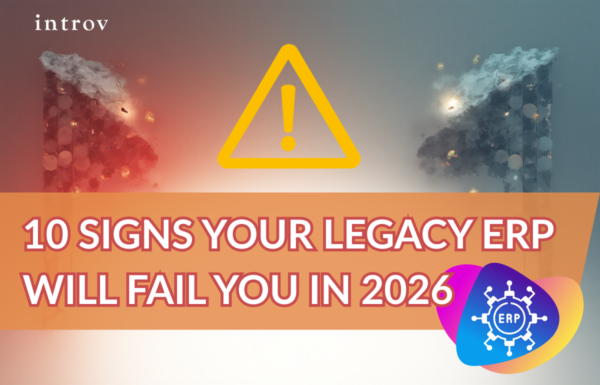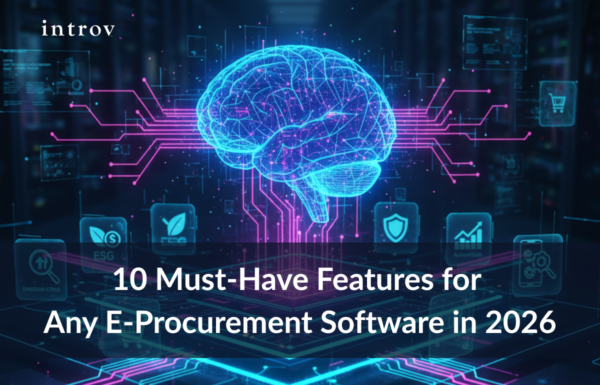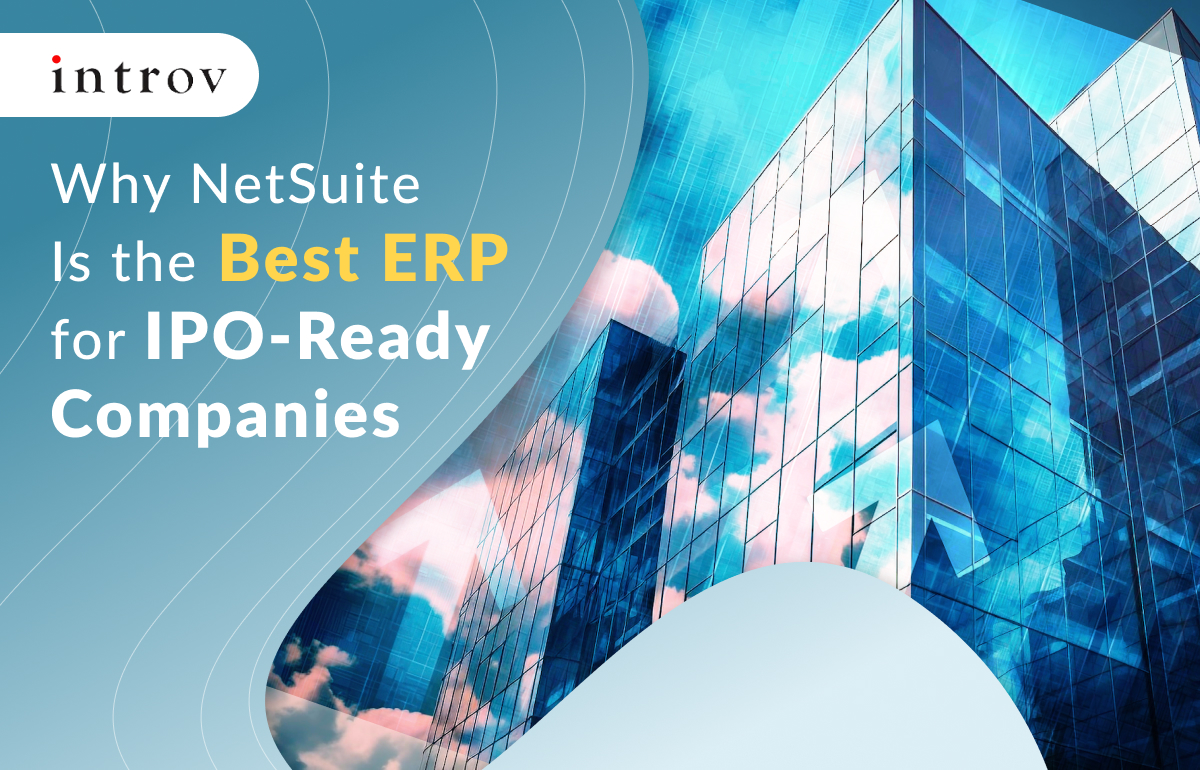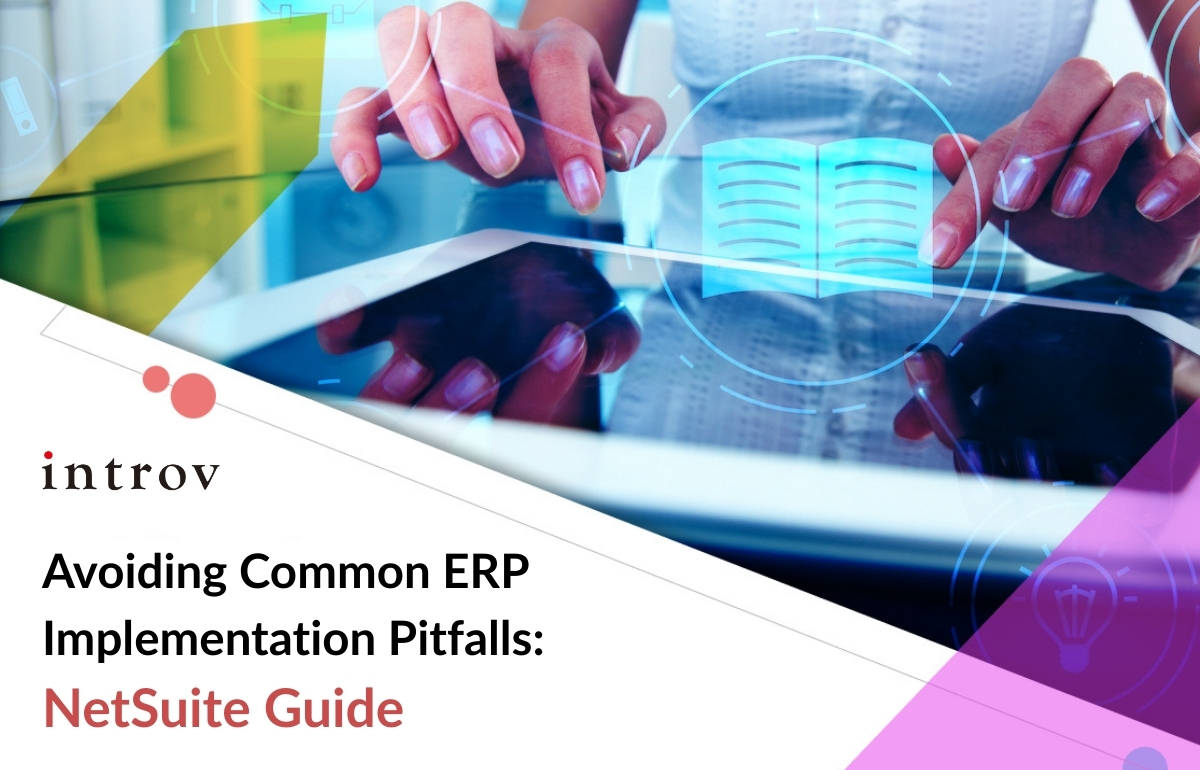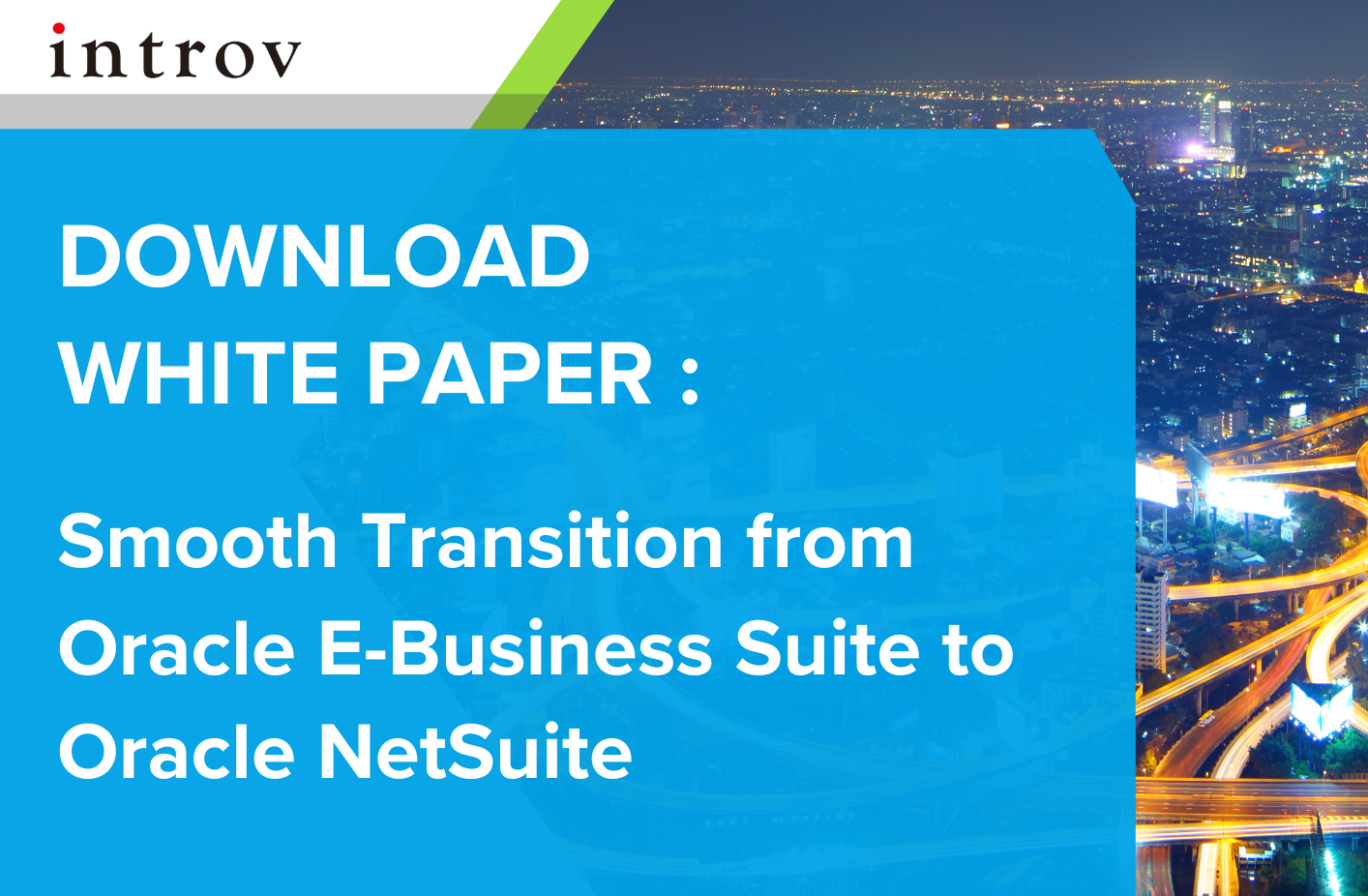Selecting the right ERP provider is a pivotal decision that can significantly impact the efficiency and scalability of your business operations. Here’s a detailed checklist to help you make an informed choice:
1. Define Your Business Requirements
Identify Key Processes: Pinpoint the business processes that need improvement.
List Features: Compile a list of necessary features and functionalities.
Scalability Needs: Consider future growth and scalability requirements.
2. Evaluate ERP Providers
Research Providers: Look into potential ERP vendors and their industry reputations.
Check Expertise: Ensure they have expertise in your specific industry.Customer Reviews: Read customer testimonials and case studies.
3. Assess System Compatibility
Software Compatibility: Ensure the ERP system integrates seamlessly with your existing software.
Hardware Compatibility: Verify compatibility with your current hardware setup.
Mobile Access: Check for mobile accessibility and remote access options.
4. Analyze Cost and ROI
Detailed Pricing: Obtain comprehensive pricing information, including setup, licensing, and maintenance fees.
Total Cost of Ownership: Calculate the total cost over the system’s lifecycle.
ROI Projections: Estimate the return on investment based on efficiency gains.
5. Review Implementation Process
Implementation Timeline: Understand the timeline and key milestones.
Methodology: Assess the provider’s implementation methodology.
Training and Support: Ensure there is adequate training and support during and after implementation.
6. Evaluate Data Security Measures
Security Protocols: Inquire about data security measures and compliance with industry standards.
Access Control: Look for features like role-based access control and encryption.
Updates and Patches: Ensure regular updates and security patches are provided.
7. Check for Customization and Flexibility
Customization Options: Determine how customizable the ERP system is to meet your specific needs.
Flexibility: Assess the system’s ability to adapt to changing business processes.
Stability: Ensure that customizations do not compromise system stability.
8. Test User-Friendliness
Demo or Trial: Request a demo or trial period to evaluate usability.
User Feedback: Gather feedback from potential users within your organization.
Documentation: Ensure the system comes with comprehensive documentation and user guides.
9. Verify Support and Maintenance
Support Channels: Confirm the availability of various support channels.
Response Times: Understand the provider’s response and resolution times.
Ongoing Maintenance: Ensure there are provisions for ongoing maintenance and updates.
10. Ensure Vendor Stability
Why It Matters: A stable vendor guarantees long-term support, continuous improvements, and reduces the risk of disruptions.
How to Evaluate:
Financial Health: Request financial statements and review profitability, revenue growth, and cash flow.
Market Presence: Investigate the vendor’s market share, customer base, and longevity in the industry.
Certifications and Awards: Check for industry-standard certifications and any awards for excellence.
Partnerships: Look for strong technology partnerships and industry alliances.
Product Roadmap: Evaluate the vendor’s commitment to innovation and future product updates.
Customer Satisfaction: Seek out customer testimonials and case studies to gauge satisfaction.
Compliance: Verify adherence to legal and regulatory standards, such as data protection regulations.
Choosing the right ERP provider involves a thorough evaluation of various factors to ensure that the system will meet your business needs and support your growth. By following this comprehensive checklist, you can make a well-informed decision that aligns with your operational goals, ensuring a successful ERP implementation and long-term efficiency.
Feel free to reach out if you need more detailed insights on any of these checklist items!

